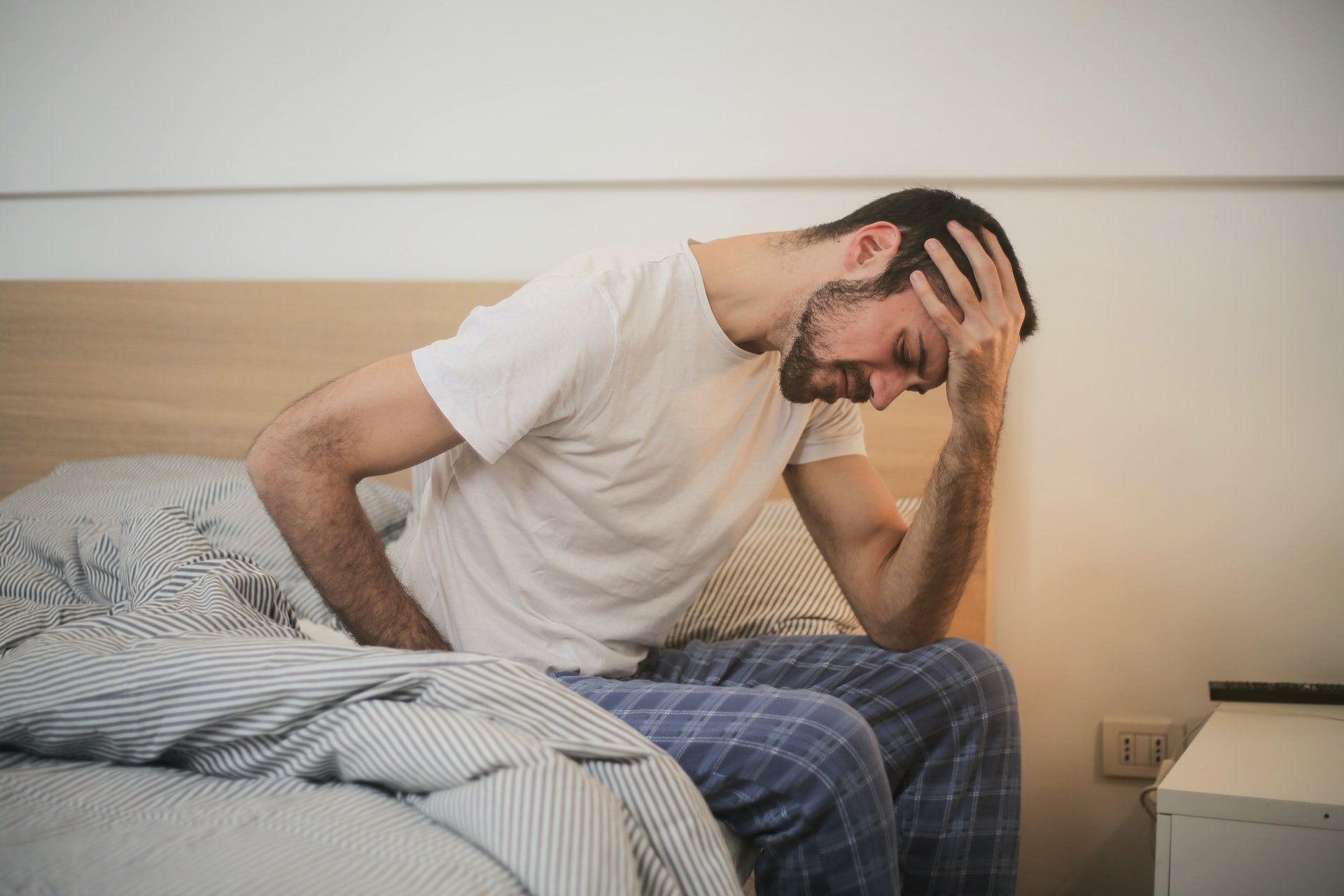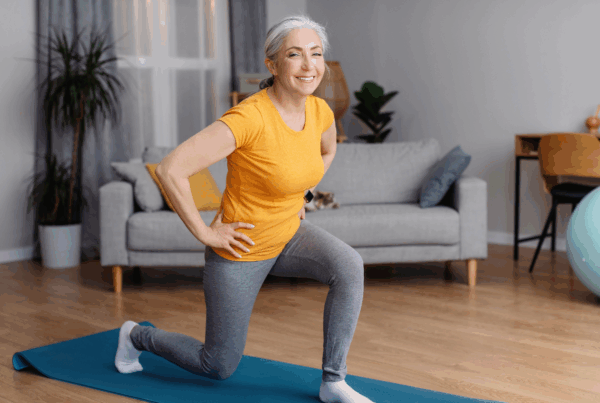Persistent pain is difficult to manage in general. Throw in a pandemic and even more barriers pop up.
There are a few reasons why the current pandemic can lead to an increased experience of pain symptoms and flare up in people with persistent pain.
There is so much uncertainty and usual lifestyles and routines have taken a big hit, so it makes sense that one can lose their treatment-life balance.
Let’s dig a bit deeper into some painful triggers.
Moving Too Little

While staying at home is the responsible and safest thing to do during this time, it can definitely decrease options for movement.
There are still options. But you have to actively make an effort to get moving by organising times to exercise and figuring out what to do.
We have been allowed to leave for essential travel and exercise, but many people get extra movement during usual daily activities such as commuting to work or shopping.
So without the usual activities it can be hard to make sure you’ve been moving enough.
The body needs to move.
Every part of the body. Even old injuries. Arguably, they might even be more important to move to help them repair.
When you move less, the joints can get stiff and the body can get sore from taking the load of one posture for too long.
Solution:
- Use a step counter, this could be the old school shaking ones, a wrist activity monitor or an app on your phone. Any one will help. It doesn’t have to be exact. Aim for at least 7,000 steps per day, preferably 10,000.
- Set an alarm to move for a few minutes every hour. You could do some star jumps, go up and down the staircase, clean your room, Anything!
- Schedule an exercise date, either in person physically distancing, or over video calls!
Moving too much

What? You just said i wasn’t moving enough!
Both situations can lead to a spike in pain.
If you are moving more than you usually do, or trying new things, your body might not quite have the strength to take that extra load yet and it may respond with increased pain signals.
Solution:
- Don’t stop! Just do less, and build it up slowly. You can’t jump to the top of the staircase, you need to take it step by step.
- Keep a diary of what you are doing and when your pain goes up. Try to notice some patterns and when you’ve done too much.
- Use a step counter with a record of your pain and notice if the pain is correlated with too many steps. Give yourself a limit.
- Try some relaxing activities which put less load on your body, or even take load off, such as stretching or tai chi.
Inflammation
Inflammation in the body can increase pain in the body with additional “warning chemicals” circulating in the blood stream.
Things that increase inflammation in your body are generally our vices – sugar, alcohol, cigarettes. Consumption of which may have also increased, while stuck at home worrying.
Solution:
- Try to find healthier replacements or new ways to manage stress.
- Set some goals which might require the elimination of these substances. Make sure that you really resonate with the reason why this goal is important to you.
Stress

This may not come as a surprise to you. If you didn’t consciously know the reason, you might have noticed that pain increases with stress?
Pain is a signal of safety or danger. In unknown times such as this, it can be hard to feel safe. So our pain sensitivity increases because our body is trying to warn us.
But sometimes our pain can be more like an over-protective mother duck. – I already know life is uncertain Mum*, stop hassling me!
*This is directed to Mother-Duck of Pain, not my mum, love ya mum.
Solution:
- Try to give your Mother-Duck some safety signals. Effective messages are the feelings that you get when you’re happy, relaxed or learning. Connect with your friends and family, don’t shy away from enjoyable hobbies, watch cute YouTube videos, learn something new and treat yo’ self.
- Remind yourself that you are safe and unless you’re really pushing yourself incorrectly you’re unlikely to be causing any damage.
Less Treatment
Although the experts advise to avoid reliance on passive treatment such as massage and manipulation, unfortunately, a reliance can still develop.
So if the treatment you are used to was suddenly cut off you may feel unsafe and herein Mother-Duck comes back to have her say.
You may also not be sure how to manage the pain yourself or know of any active pain relief strategies
Solution:
- Book an appointment with your Exercise Physiologist. Their goal is to get you self-managing, so they are experts at helping you help yourself.
- Use a tennis ball against the wall as a massage. If that’s too easy, try a harder ball.
- YouTube some guided muscle relaxation
- Remember that you are safe and although your pain is increasing, that does not mean any damage is being caused.
If you’re worried or really not coping call:
- Your GP
- Your EP
- Your OT or Rehab Provider
- Your Physio
- You Psychologist or Pain Psychologist
- Life Line, Black Dog Institute, Beyond Blue.

Breathe
Biara Webster, Exercise Physiologist & Content Manager


 Each month we will pick a question to Q&A.
Each month we will pick a question to Q&A.




